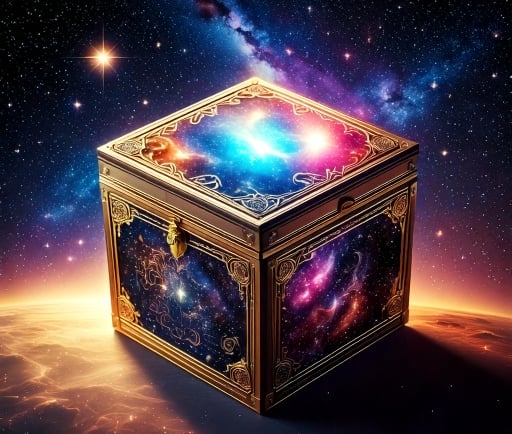Abell 2744: The Pandora's Box


Understanding Abell 2744
Abell 2744, famously known as Pandora's Cluster, is a colossal galaxy cluster that has captured the attention of astronomers and astrophysicists alike. This remarkable cluster is a product of an intricate cosmic event, where at least four separate galaxy clusters converged over a period of 350 million years. The process has resulted in a large-scale structure that is situated a staggering 4 billion light-years away from Earth.
The Formation of Pandora's Cluster
The formation of Abell 2744 is a fascinating tale of cosmic collisions and gravitational interactions. It is believed that the merging of galaxy clusters releases vast amounts of energy, leading to the hot gas found within these clusters. Such events not only influence the distribution of galaxies but also reveal important insights into the nature and behavior of dark matter. As the closest galaxy clusters collided, they triggered a ripple effect, enhancing the cluster’s mass and leading to the formation of new stars.
Significance of Abell 2744 in Modern Astronomy
Studying Abell 2744 is significant for several reasons. Firstly, it serves as a natural laboratory for understanding complex phenomena associated with cluster formation and evolution. By observing this colossal structure, scientists can analyze the role of dark matter in shaping the universe. Furthermore, Pandora's Cluster provides a unique opportunity to investigate the effects of cosmic background radiation on stellar formation within galaxy clusters.
Additionally, the cluster's size and luminosity make it an excellent target for telescope observations, helping researchers uncover new dimensions of galactic formations and interactions. The analysis of Abell 2744 not only furthers our understanding of the cosmic web but also enhances our comprehension of the universe's expansion.
In summary, Abell 2744, or Pandora's Cluster, represents a remarkable phenomenon of our cosmos. Its complex history of coalesced galaxy clusters offers critical insights into the nature of galaxies, dark matter, and the overall structure of the universe. As scientists continue to study this cluster, we can anticipate exciting discoveries that will deepen our understanding of the universe we inhabit.
